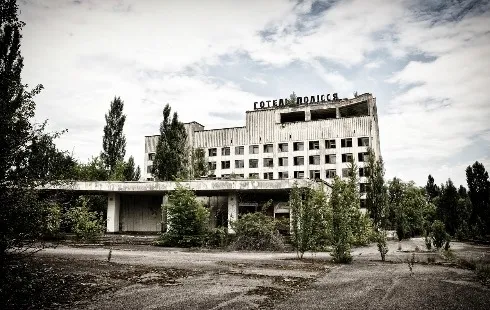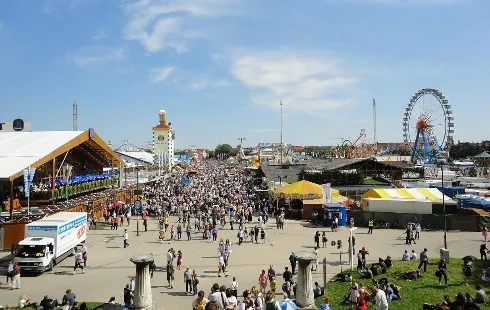
8HoursMining cloud mining platform, daily profits up to $9,337
Section: Business
A tragic aviation incident has come to light, with Russian President Vladimir Putin publicly acknowledging that Russian air defense forces were responsible for shooting down an Azerbaijani passenger aircraft in December. The admission was made during a diplomatic meeting with Azerbaijani President Ilham Aliyev in Dushanbe, Tajikistan, where both leaders attended a summit of former Soviet states.
The Azerbaijan Airlines flight, carrying 67 individuals, was en route from Baku to the Chechen capital of Grozny on December 25, 2024. The plane crashed in western Kazakhstan, leading to 38 fatalities and 29 survivors. The precise circumstances and location of the missile strike remain unclear.
Sequence of Events Leading to the CrashShortly after takeoff, the aircraft crew reported issues with the fuel system. The flight experienced significant altitude fluctuations, and communication with air traffic control was eventually lost. Attempts were made to stabilize the aircraft and secure a safe landing. However, the ongoing conflict in the region complicated matters. Due to the presence of Ukrainian military drones in the airspace near Grozny, the local airport was closed to both arrivals and departures, forcing the crew to divert the flight toward western Kazakhstan.
Despite their efforts, the crew was unable to land the plane safely. The crash resulted in the deaths of 38 passengers and crew members, with 29 people surviving the impact. The incident marks a significant escalation in aviation risks associated with the ongoing hostilities in the region.
Diplomatic Repercussions and International ResponsePresident Putin described the incident as a tragic mistake and took responsibility on behalf of Russian military forces. However, President Aliyev expressed serious concerns over the handling and initial communication of the event, accusing Moscow of attempting to conceal the nature of the disaster. Ongoing discussions between the two countries highlight tensions regarding transparency and accountability in military operations affecting civilian air traffic.
Context of Previous Aviation IncidentsThis is not the first time Russian military activity has been linked to civilian aviation disasters. In 2014, Malaysia Airlines Flight MH17 was shot down over eastern Ukraine, resulting in 298 deaths, including 80 children. International investigations concluded that a Russian-made Buk missile system was used in the attack, launched from territory held by pro-Russian forces. Despite extensive forensic evidence, Russia has consistently denied direct responsibility for the incident.
These incidents have drawn widespread condemnation from the international community and have intensified scrutiny of military engagements in regions with active civilian air traffic. Investigators and aviation authorities continue to call for improved communication, stricter protocols, and heightened security to prevent similar tragedies in conflict zones.
Ongoing Investigations and Safety ImplicationsAuthorities are conducting a thorough investigation into the circumstances that led to the downing of the Azerbaijani passenger jet. Key questions remain regarding the rules of engagement followed by Russian air defense units and the measures taken to distinguish civilian from military aircraft. The event has renewed debates about airspace management and the responsibilities of military forces operating near commercial flight corridors.
The disaster serves as a stark reminder of the dangers posed to civilian aviation by ongoing military conflicts, particularly in areas where lines between combatants and non-combatants are blurred. Aviation security experts are urging all parties involved in regional conflicts to enhance coordination with international aviation agencies and ensure the protection of commercial flights traversing contested airspace.

Section: Business

Section: Arts

Section: Politics

Section: Health Insurance

Section: News

Section: News

Section: News

Section: Arts

Section: News

Section: Arts
Health Insurance in Germany is compulsory and sometimes complicated, not to mention expensive. As an expat, you are required to navigate this landscape within weeks of arriving, so check our FAQ on PKV. For our guide on resources and access to agents who can give you a competitive quote, try our PKV Cost comparison tool.
Germany is famous for its medical expertise and extensive number of hospitals and clinics. See this comprehensive directory of hospitals and clinics across the country, complete with links to their websites, addresses, contact info, and specializations/services.
Curated by Fried Dähn and Thomas Maos, this event is part of the Sonic Visions series, featuring an engaging performance that intertwines sound, music, and visuals. This edition presents THE WATS, a narrative where three travelers in the desolate, apocalyptic landscapes of New Zealand encounter a...



No comments yet. Be the first to comment!